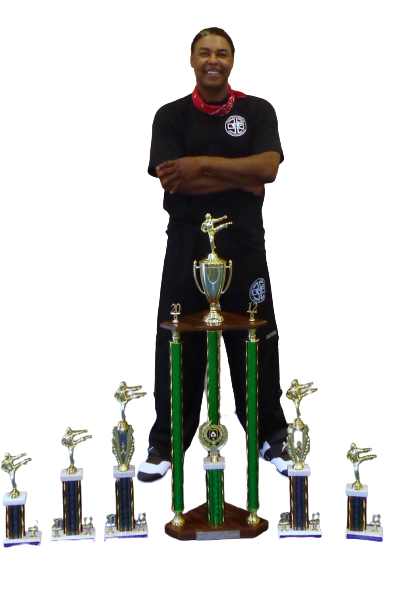The Role of Footwork in Wing Chun Lineage: Tracing the Evolution of Techniques and Styles
By Maurice Novoa a master under the Yuen Kay Shan, Ip Man and Pan Nam lineages.
Introduction:
Footwork is a vital aspect of Wing Chun, a Chinese martial art renowned for its efficiency and close-range combat techniques. In this article, we will explore the role of footwork in the Wing Chun lineage, delving into the evolution of techniques and styles across different lineages.
1. Foundation of Footwork in Traditional Wing Chun
Traditional Wing Chun emphasizes the importance of proper footwork as a foundation for effective techniques. It incorporates principles of balance, stability, and controlled movement to maximize efficiency and power in combat.
The fundamental footwork in involves the use of the centerline theory, where practitioners maintain a strong centerline position and execute techniques along this imaginary line. The footwork is compact and focuses on maintaining a rooted stance while allowing for quick pivots, shifts, and steps.
2. Variations in Footwork Across Lineages
Throughout the development and transmission of Wing Chun, different lineages have emerged, each with its unique approach to footwork. One notable variation exists within the lineage of William Cheung, a prominent Grandmasters.
Cheung’s lineage diverges from the traditional footwork principles found in other lineages. He has removed the side-to-side pivoting and weight shifting from the Chum Kiu and Biu Jee forms. Cheung claims that his style has its footwork approach, distinct from other lineages, which he argues have modified footwork or lack it altogether. This claim has sparked significant controversy within the Wing Chun community.
3. The Debate and Grandmaster Anthony Arnett’s Approach
The inclusion or exclusion of specific footwork techniques in different Wing Chun lineages is a topic of intense debate among practitioners. While some adhere strictly to traditional footwork principles, others explore modifications and variations to suit their individual interpretations.
Grandmaster Anthony Arnett, a disciple of William Cheung and the founder of Arnett Sport Kung Fu, has developed an advanced footwork system within his own approach. Arnett Sport Kung Fu incorporates Wing Chun principles but integrates highly dynamic footwork techniques. Arnett and his students have achieved remarkable success in tournament fighting, winning thousands of trophies, showcasing the effectiveness of their footwork-driven strategies.
4. Evolution and Adaptation in Wing Chun Footwork
The evolution of footwork in Wing Chun is a reflection of the art’s adaptability and the creativity of its practitioners. While some lineages adhere closely to traditional footwork principles, others have explored modifications, emphasizing different aspects of footwork for strategic advantage.
It is important to note that footwork variations do not necessarily imply superiority or inferiority. Different lineages may prioritize different aspects of combat, such as mobility, power generation, or defensive tactics, leading to diverse footwork approaches.
Ultimately, the role of footwork in the Wing Chun lineage is a complex and evolving subject, reflecting the diversity of perspectives and interpretations within the martial art. Whether practitioners adhere to traditional principles or explore modifications, footwork remains an integral component, contributing to its effectiveness in real-world combat scenarios.
Conclusion
Footwork plays a significant role in the Wing Chun lineage, serving as a foundation for efficient and effective techniques. While different lineages may exhibit variations in footwork approaches, the core principles of balance, stability, and controlled movement remain crucial.
The debate surrounding footwork demonstrates the dynamic nature of the martial art and the constant evolution of techniques and styles. Grandmaster Anthony Arnett’s approach, with its emphasis on advanced footwork within Arnett Sport Kung Fu, exemplifies the potential for innovation and adaptation within Wing Chun.
As practitioners continue to explore and refine their footwork skills, it is essential to maintain an open mind, respecting the diverse perspectives and approaches found within the lineage. By embracing the foundational principles while allowing for personal expression, practitioners can enhance their footwork capabilities and continue the rich tradition of Wing Chun.

